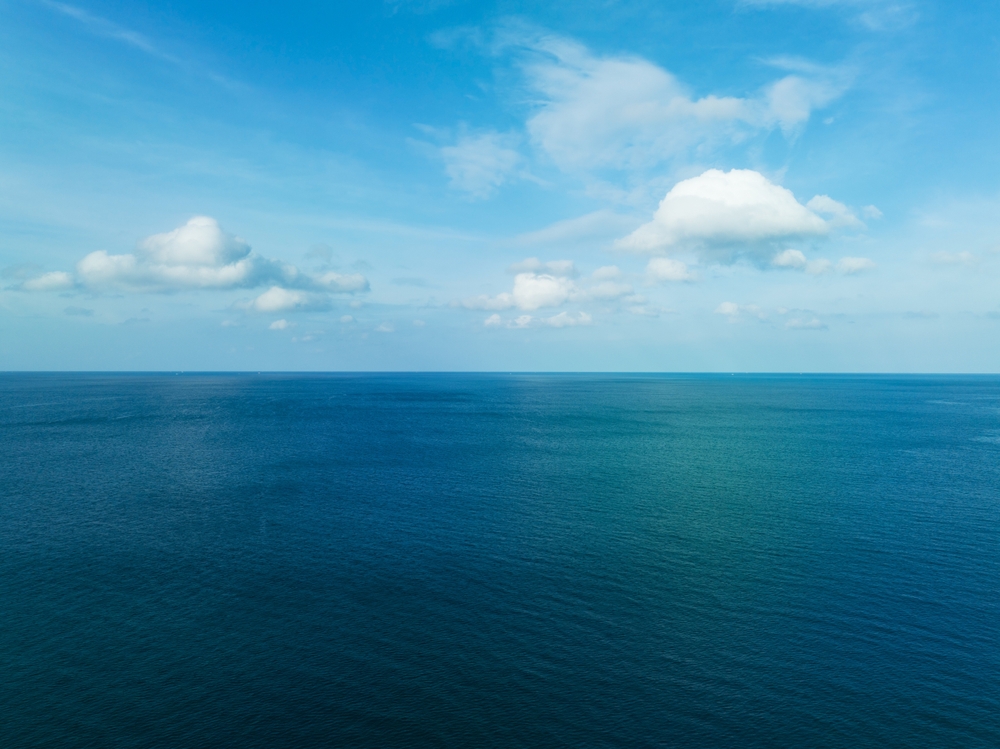The Sunken Continent That Time Forgot
Others are reading now
Our world is full of hidden surprises, even in this age of advanced exploration.
Scientists from the Universities of Derby in the UK and Uppsala in Sweden have confirmed something extraordinary—a new continent on Earth.
For centuries, there were rumors about a landmass called Zealandia that disappeared beneath the South Pacific.
Now, after years of research, it has been officially recognized as Earth’s eighth continent, according to Ziare.
Also read
Zealandia, also known as Te Riu-a-Māui in the Māori language, is vast. It covers 1,890,000 square miles (4,895,077 square kilometers), but most of it is submerged under two kilometers of water.
Only parts of New Zealand and New Caledonia remain above the surface. Scientists believe it broke away from the ancient supercontinent Gondwana about 100 million years ago.
Unlike other continents, much of Zealandia sank due to geological forces, leaving only small islands visible today.
The idea of Zealandia has existed for centuries. Dutch explorer Abel Tasman first proposed the theory in 1642.
However, it wasn’t until modern technology advanced that scientists could confirm its existence.
New mapping techniques and seafloor drilling were key in outlining its boundaries. Despite these efforts, it took until 2017 for the concept to gain serious traction in the scientific community.
Zealandia’s unique features played a major role in proving it is a continent. Its crust is thicker than the ocean floor around it, resembling other continental landmasses.
Researchers faced challenges because much of Zealandia lies deep underwater, covered by layers of sediment.
Advanced equipment and significant funding were required to uncover its secrets.
The discovery of Zealandia is a reminder that Earth’s mysteries remain. Despite its size—nearly two-thirds as large as Australia—it was hidden for so long because of its location beneath the ocean.
Geologists believe its study could provide valuable insights into how continents form, break apart, and sink. It also raises questions about other potential hidden landmasses around the world.
This remarkable find shows that even in the 21st century, our planet has more to reveal.
Understanding Zealandia could unlock more secrets about Earth’s history and the forces that shaped it.

